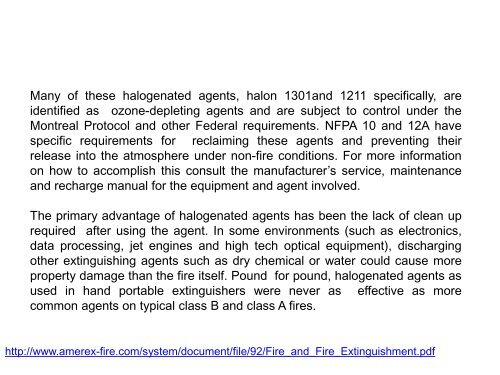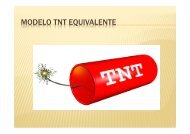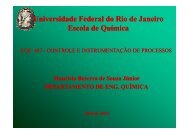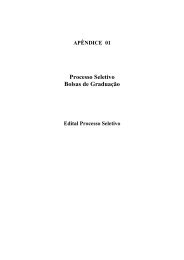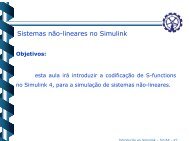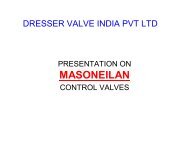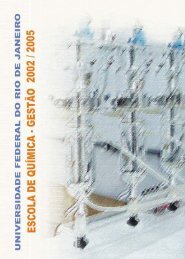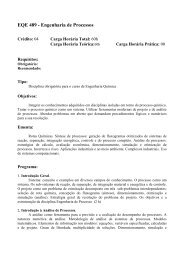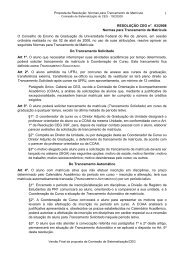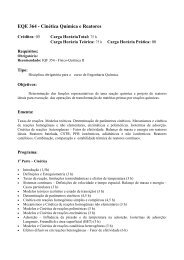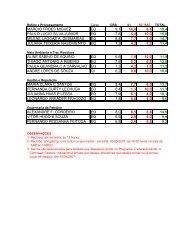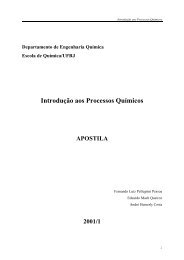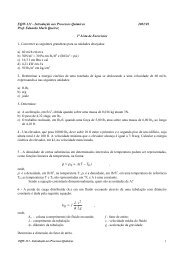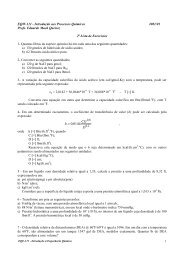Extintores - Escola de QuÃmica / UFRJ
Extintores - Escola de QuÃmica / UFRJ
Extintores - Escola de QuÃmica / UFRJ
Create successful ePaper yourself
Turn your PDF publications into a flip-book with our unique Google optimized e-Paper software.
Many of these halogenated agents, halon 1301and 1211 specifically, are<br />
i<strong>de</strong>ntified as ozone-<strong>de</strong>pleting agents and are subject to control un<strong>de</strong>r the<br />
Montreal Protocol and other Fe<strong>de</strong>ral requirements. NFPA 10 and 12A have<br />
specific requirements for reclaiming these agents and preventing their<br />
release into the atmosphere un<strong>de</strong>r non-fire conditions. For more information<br />
on how to accomplish this consult the manufacturer’s service, maintenance<br />
and recharge manual for the equipment and agent involved.<br />
The primary advantage of halogenated agents has been the lack of clean up<br />
required after using the agent. In some environments (such as electronics,<br />
data processing, jet engines and high tech optical equipment), discharging<br />
other extinguishing agents such as dry chemical or water could cause more<br />
property damage than the fire itself. Pound for pound, halogenated agents as<br />
used in hand portable extinguishers were never as effective as more<br />
common agents on typical class B and class A fires.<br />
http://www.amerex-fire.com/system/document/file/92/Fire_and_Fire_Extinguishment.pdf


